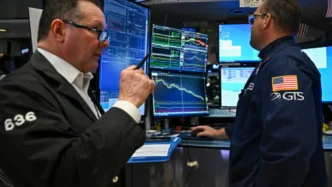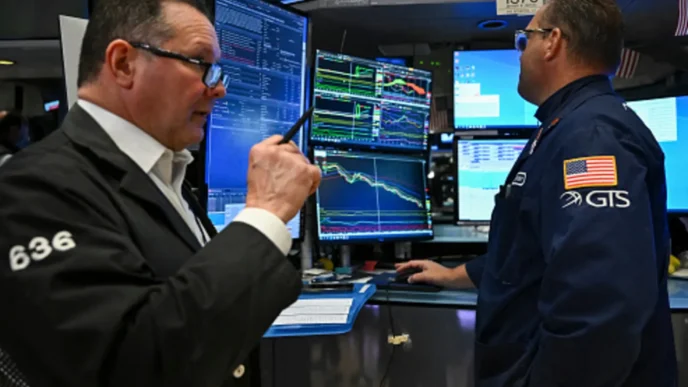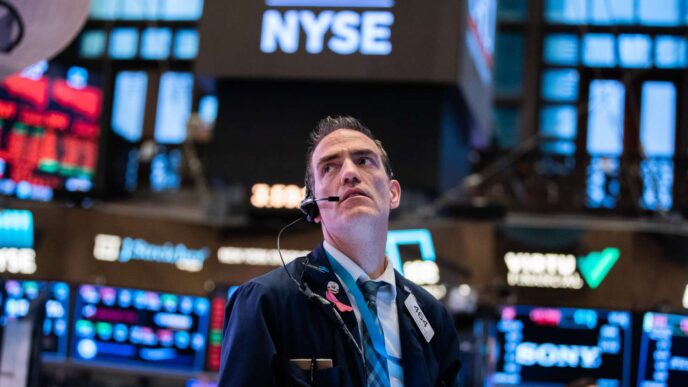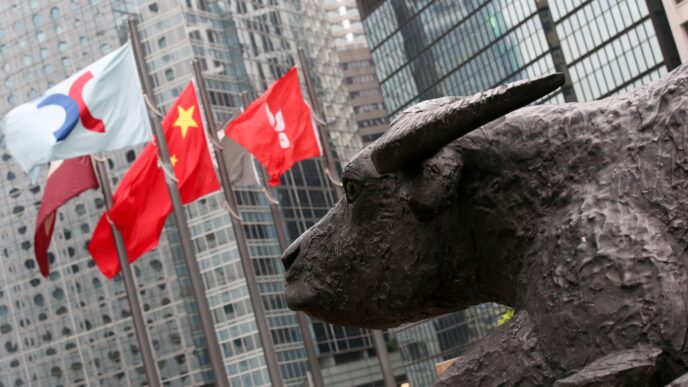Gold prices have been on an upward trajectory, fueled by increased investment demand, central bank acquisitions, and a shift away from traditional reserve assets. The evolving macroeconomic landscape, geopolitical tensions, and shifting investor sentiment have all contributed to the metal’s sustained momentum.
Key Drivers Behind Gold’s Surge
The recent rally in gold prices is attributed to multiple factors, each playing a distinct role over time. Historically, gold’s performance has been influenced by exchange-traded funds (ETFs), serving as a hedge during economic downturns, and massive purchases by central banks.
Over the past decade, ETF flows significantly impacted gold’s valuation. Pre-pandemic, investors viewed ETFs as an efficient way to gain exposure to gold, driving a surge in holdings. During the pandemic, gold became a safe haven, with unprecedented buying activity. In the post-pandemic period, the market dynamic changed again, as central banks took the lead in gold purchases. These institutions have accumulated reserves at an accelerating pace, exceeding historical averages. Traditionally, central banks purchased around 400–500 tonnes of gold annually, but recent years have seen figures exceeding 1,000 tonnes. This shift is part of a broader strategy to diversify reserve assets, reducing reliance on traditional holdings.
Additionally, the proportion of gold in central bank portfolios has increased, as institutions adjust their asset allocations. This realignment suggests a continued preference for gold as a long-term store of value.
Resurgence of Investment Demand
A notable trend in early 2025 has been the return of investment demand, particularly through gold ETFs. Over the past five years, ETF holdings declined by roughly 30–35%, reflecting a period of subdued investor interest. However, the recent resurgence indicates a renewed confidence in gold’s prospects, driven by heightened uncertainty in global financial markets. Geopolitical instability, inflation concerns, and potential monetary policy shifts have encouraged investors to turn to gold as a defensive asset.
Changing Consumer Behavior in the Gold Market
Beyond institutional buying, consumer demand for gold has also evolved. The jewelry sector has witnessed significant behavioral shifts. In the past, price spikes often prompted people to sell their gold holdings to capitalize on gains. However, as gold has continued its ascent beyond key price levels, more consumers are choosing to accumulate rather than sell.
Jewelry sales patterns have also adjusted in response to price movements. Historically, about 30% of new jewelry purchases were funded through old gold exchanges. With rising prices, this figure has climbed to 40–45%. Additionally, there has been a shift toward lightweight jewelry, particularly in emerging markets, as consumers adapt their purchasing habits to accommodate higher prices.
Outlook for Gold Prices
Looking ahead, gold’s trajectory will likely depend on a combination of investment flows, central bank strategies, and macroeconomic conditions. Demand from institutions and retail investors remains strong, and as long as multiple factors align, gold may maintain its position as a favored asset. Analysts suggest that while price fluctuations are inevitable, gold’s fundamental drivers indicate the potential for continued gains over the coming years.
For long-term investors, gold remains a compelling asset, balancing wealth preservation with opportunities for capital appreciation in an uncertain economic environment.














